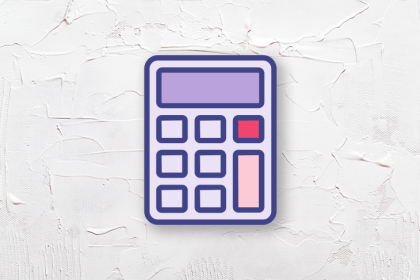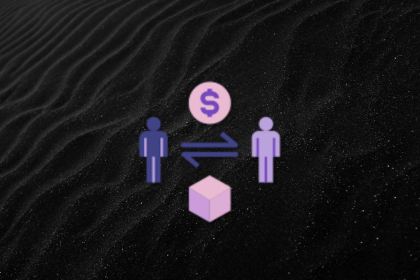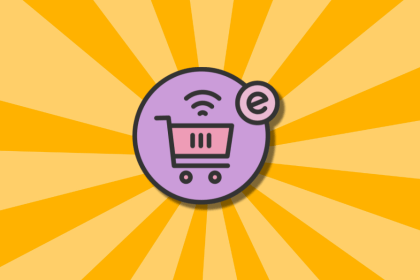
Starting with proto-personas can be better than a blank page, but don’t forget — they’re assumption-driven placeholders for the real thing. Research is key to turning them into true personas.

In this guide, we’ll cover local and global maxima, two mathematical concepts that can help you better understand your product.

The Zeigarnik effect explains why people tend to remember incomplete tasks first and complete work that’s already started.

Design thinking workshops are your key to turning big problems into clear solutions. In this blog, I share how to run them efficiently and keep your team aligned.

Although we did a good job moving people to the checkout page, we had problems converting checkout visitors to paying customers.

With so many conflicting sources of information, it can be difficult to grasp how to actually implement a sound product strategy.

Burnup charts are heavily underappreciated and forgotten tools, and that’s because agile literature falsely assumes that the scope of the sprint doesn’t change much.

Both UX and SEO are critical for any business. But did you know that they are also closely related? In this blog, I explore how UX designers can use SEO to improve search result positioning.

Specificity is essential in job descriptions for any level. This blog will guide you in crafting an ideal UX designer job description.

There’s little to no room for innovation and creativity in ecommerce. But by nailing every step of the sales funnel, you can greatly impact the company’s sales.

If you think UX design is all about solving user problems, you’re wrong. In this blog, I share the the lesser-known truths about UX problem solving.

In theory, a daily meeting should fine-tune the team alignment and facilitate collaboration. But does it actually?